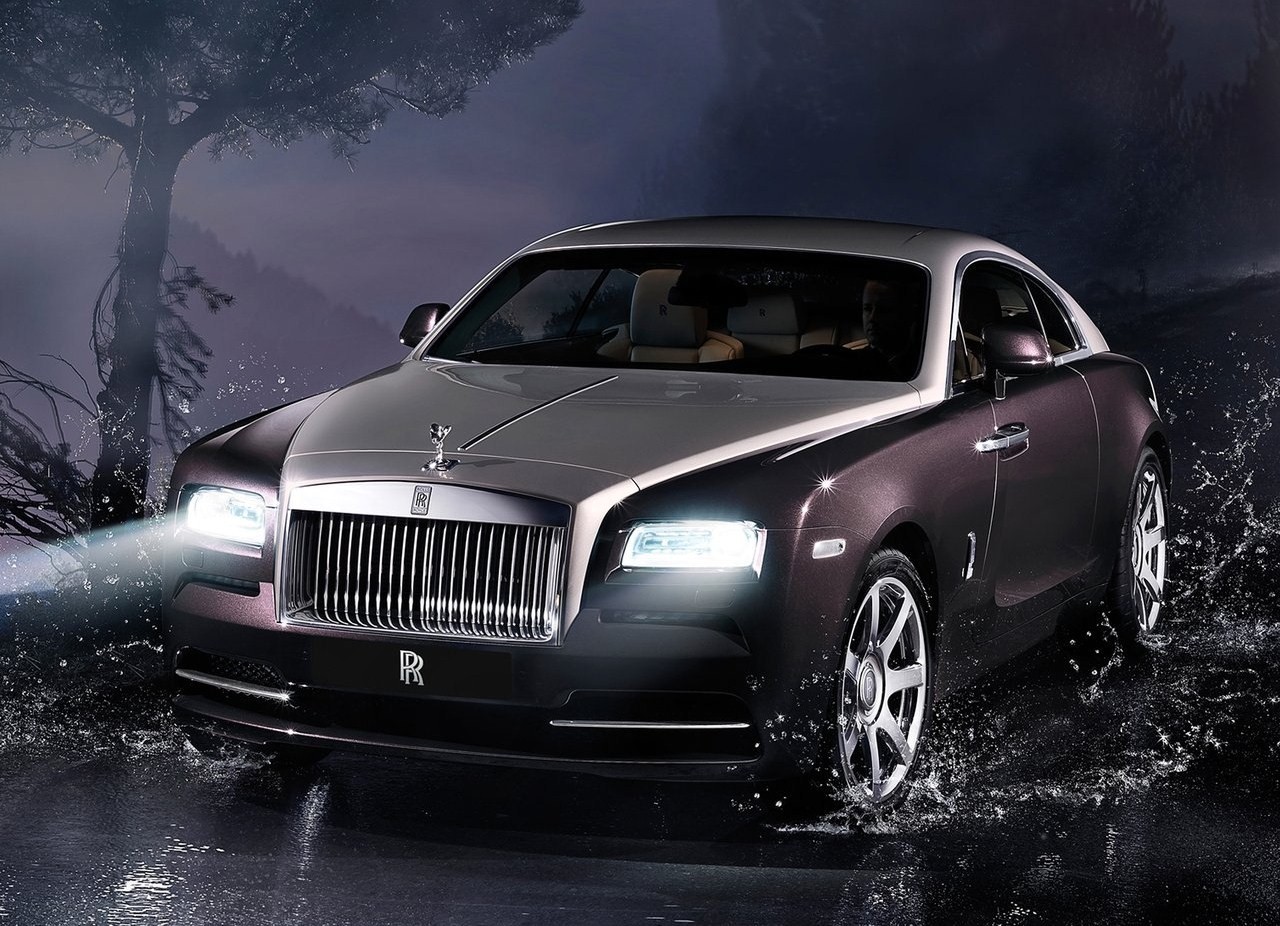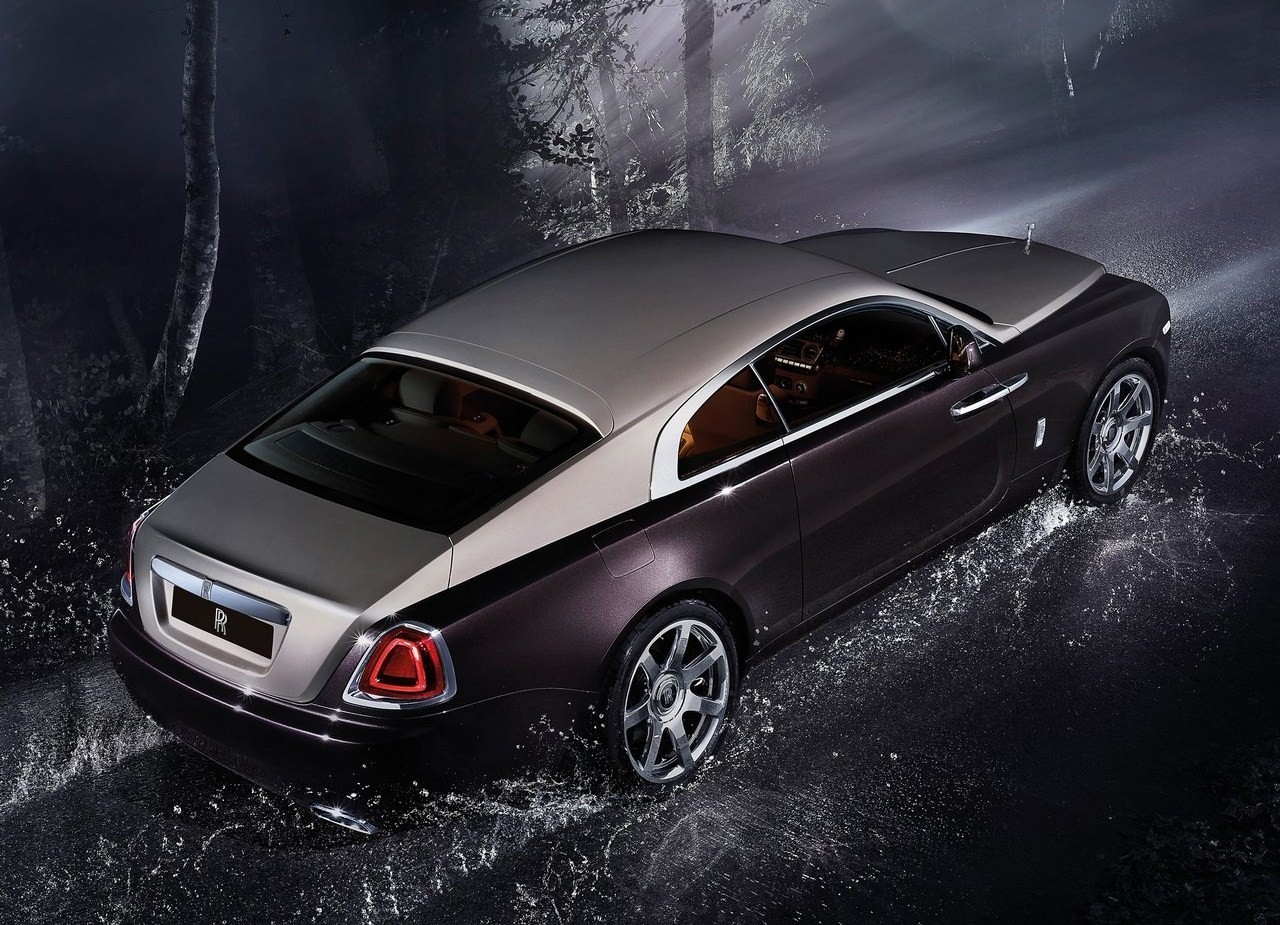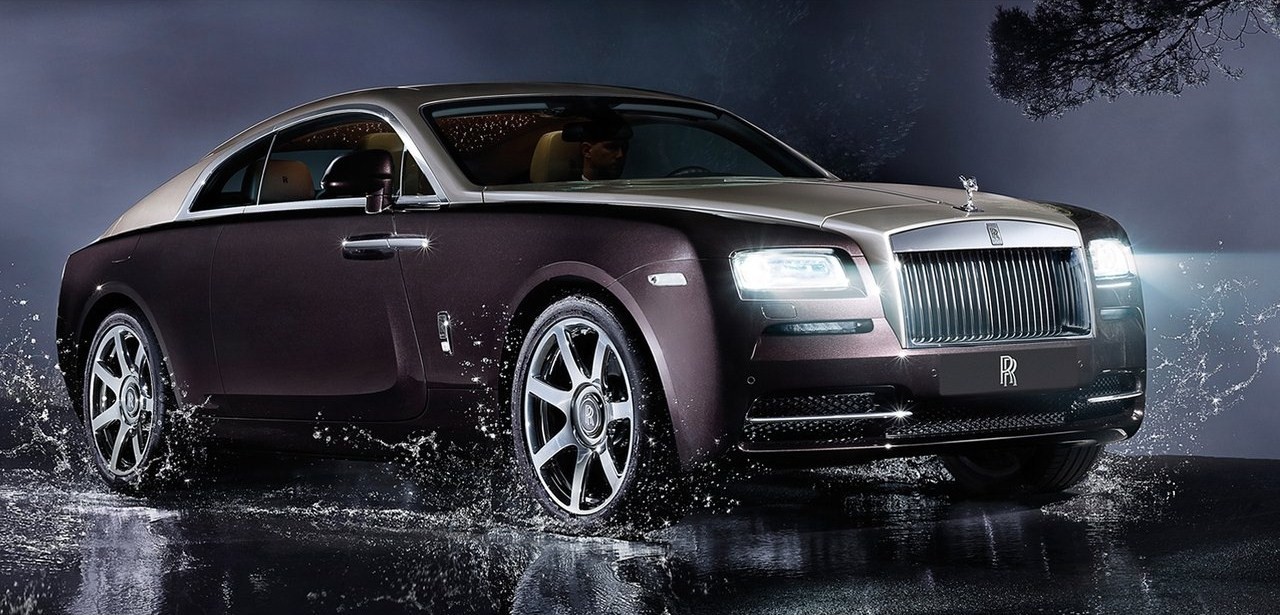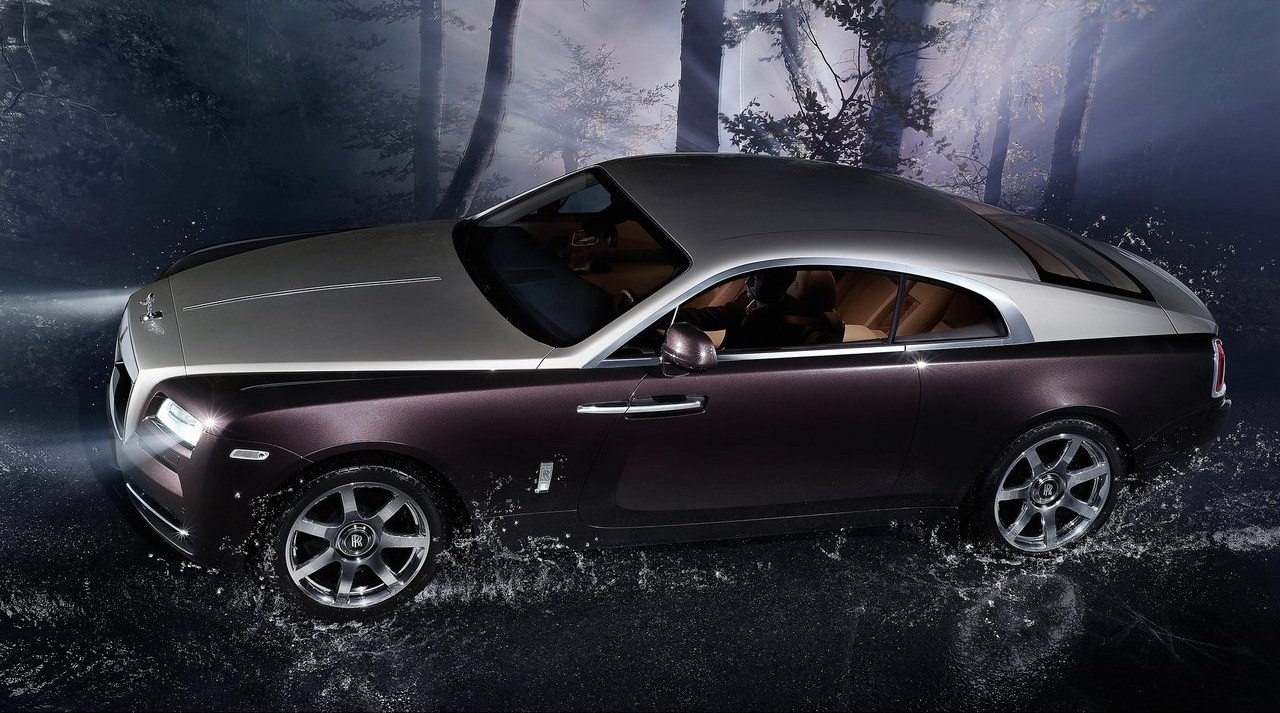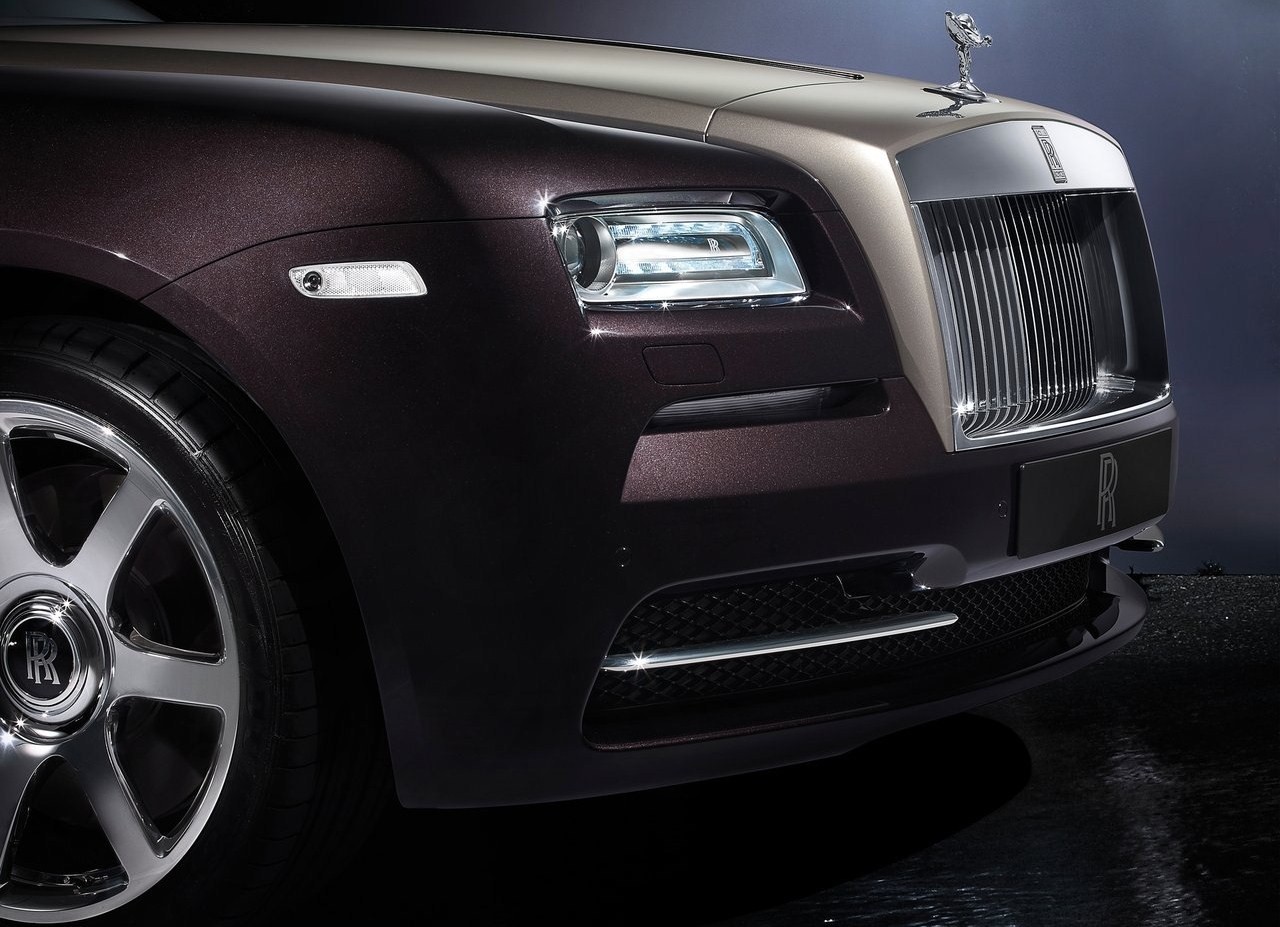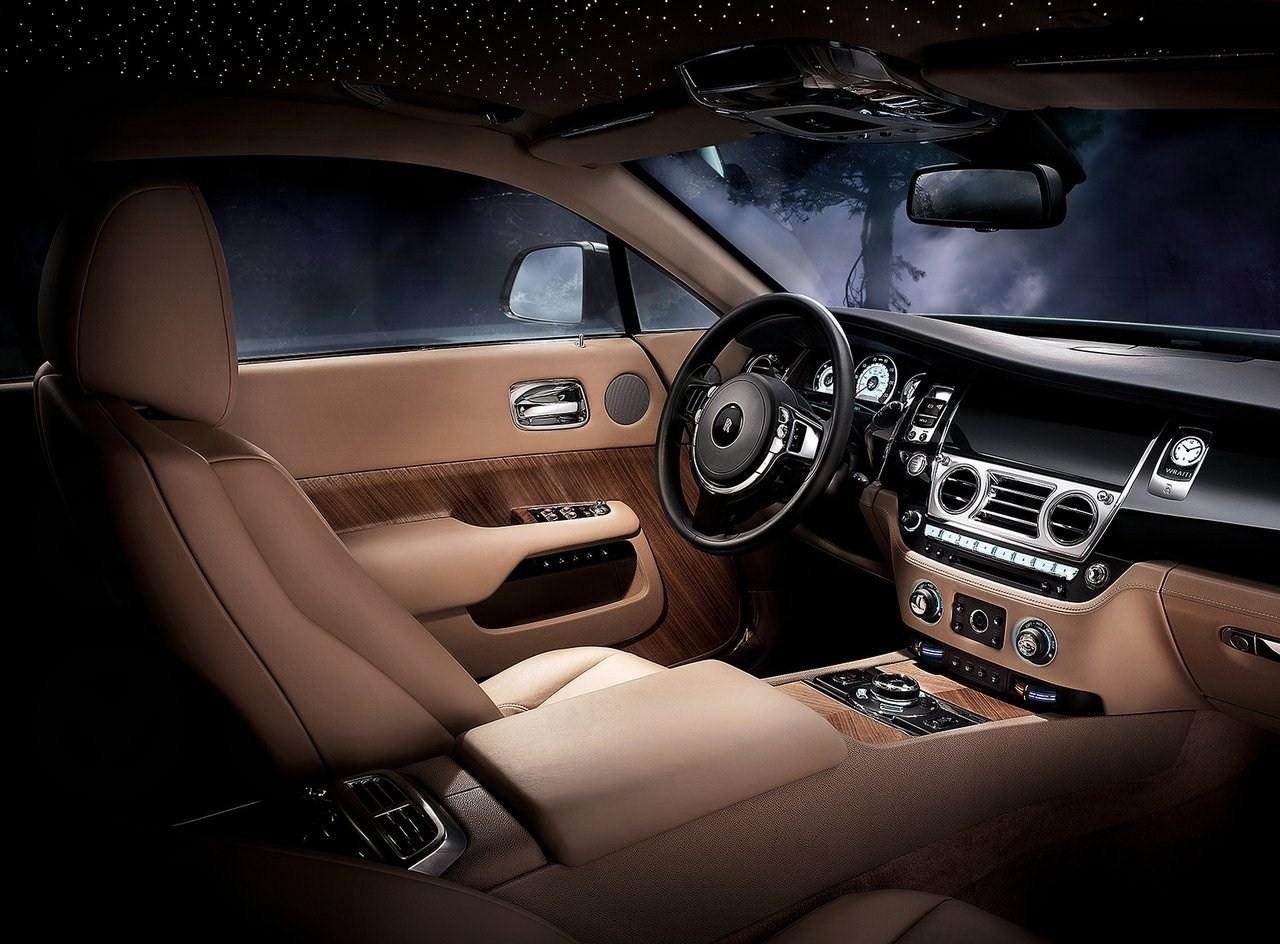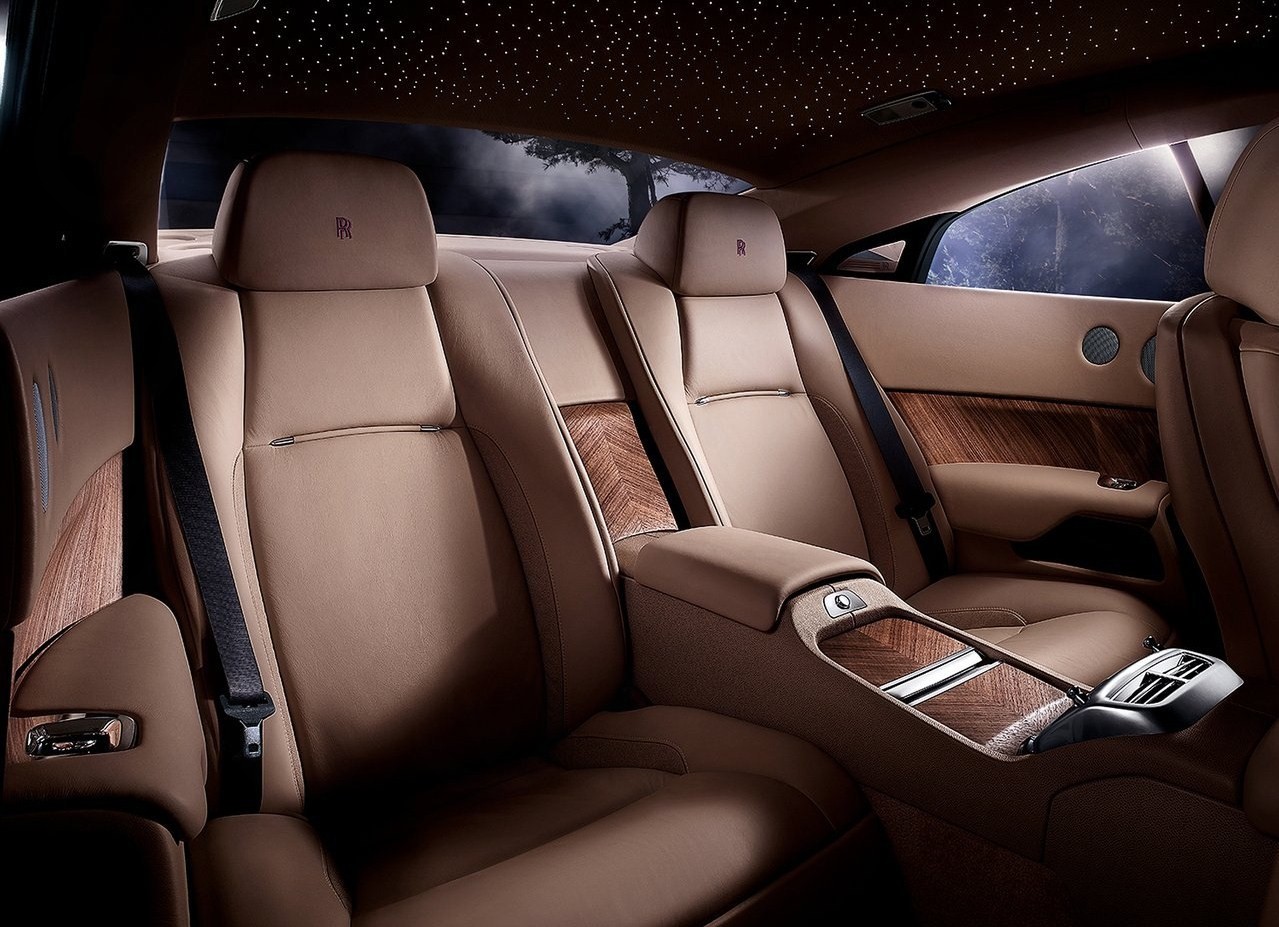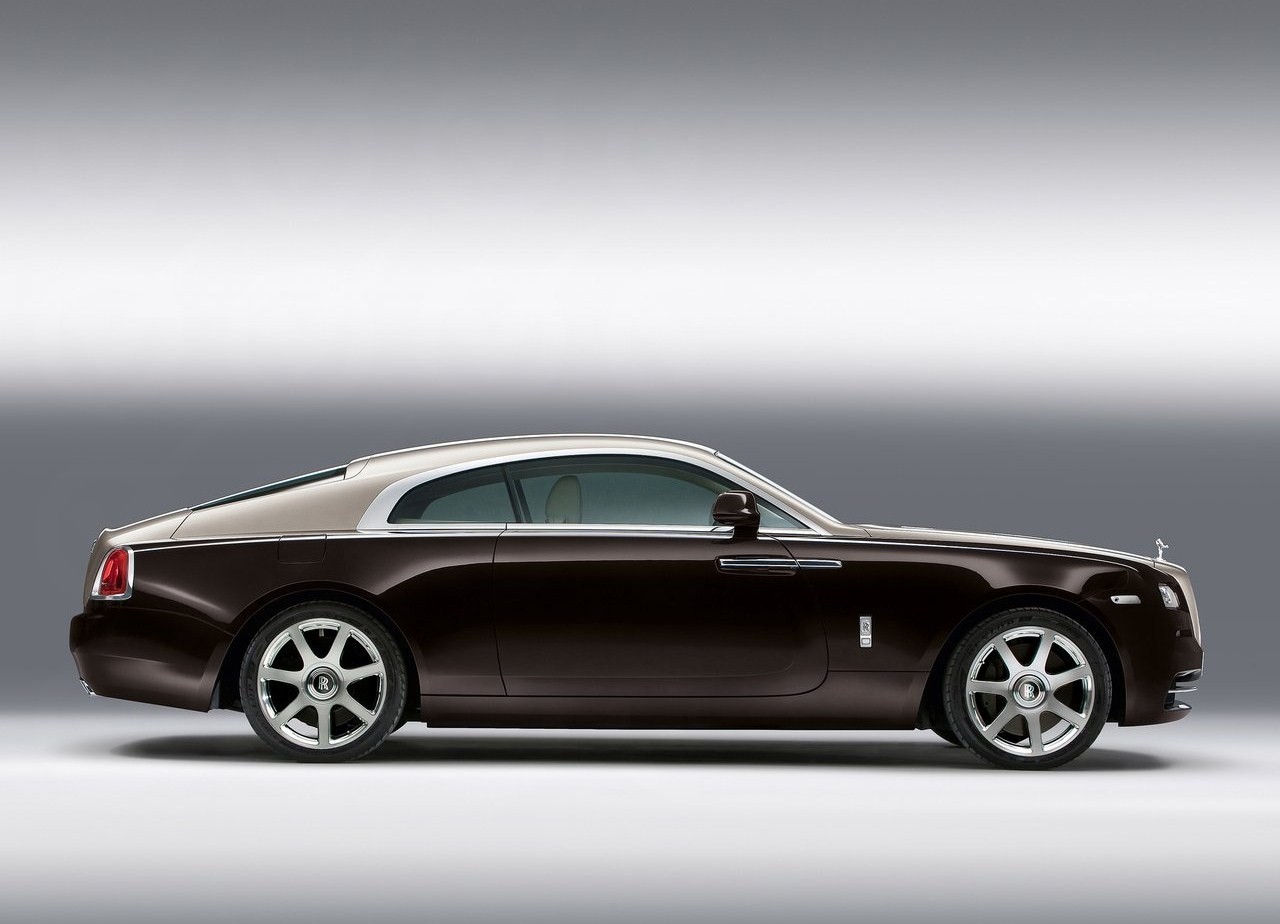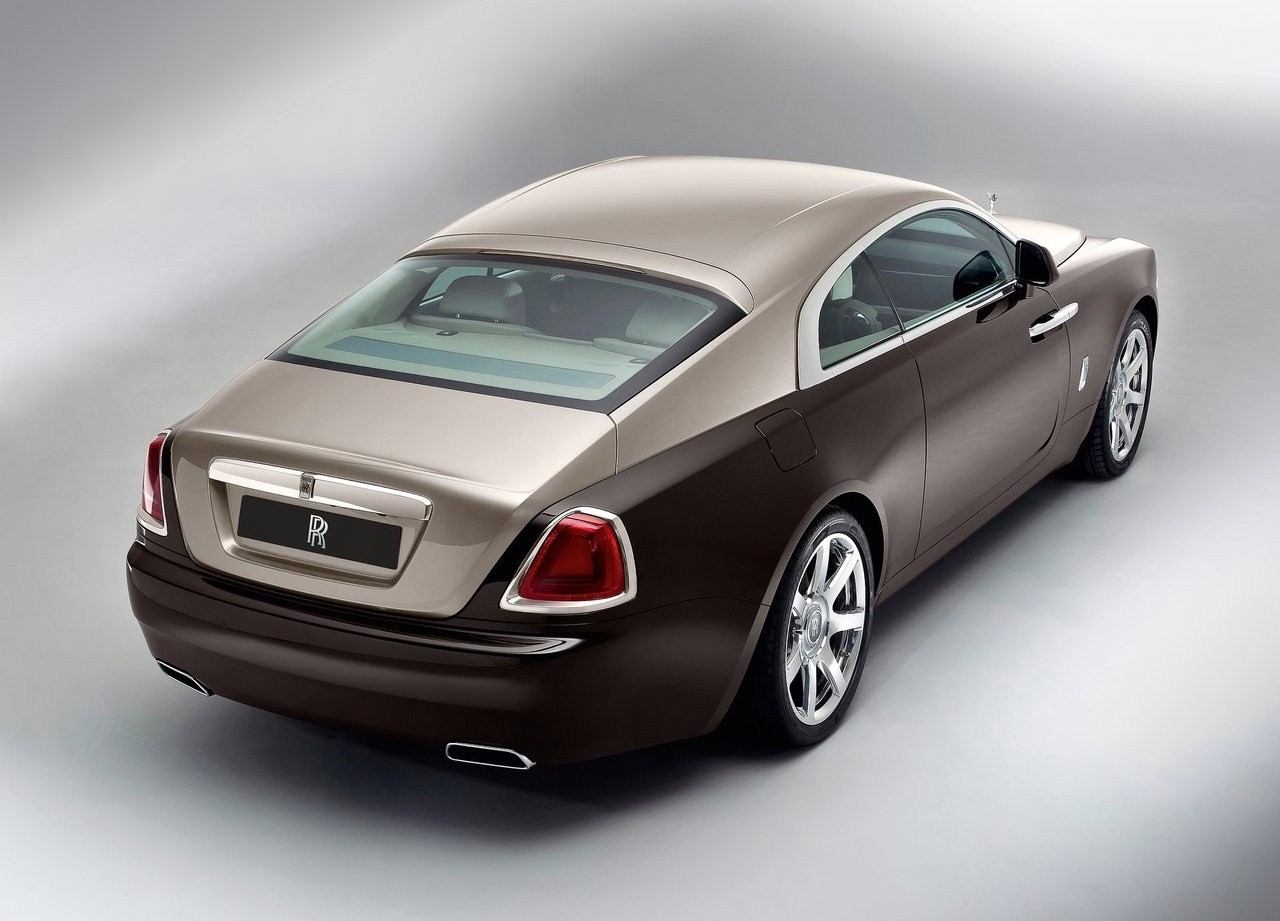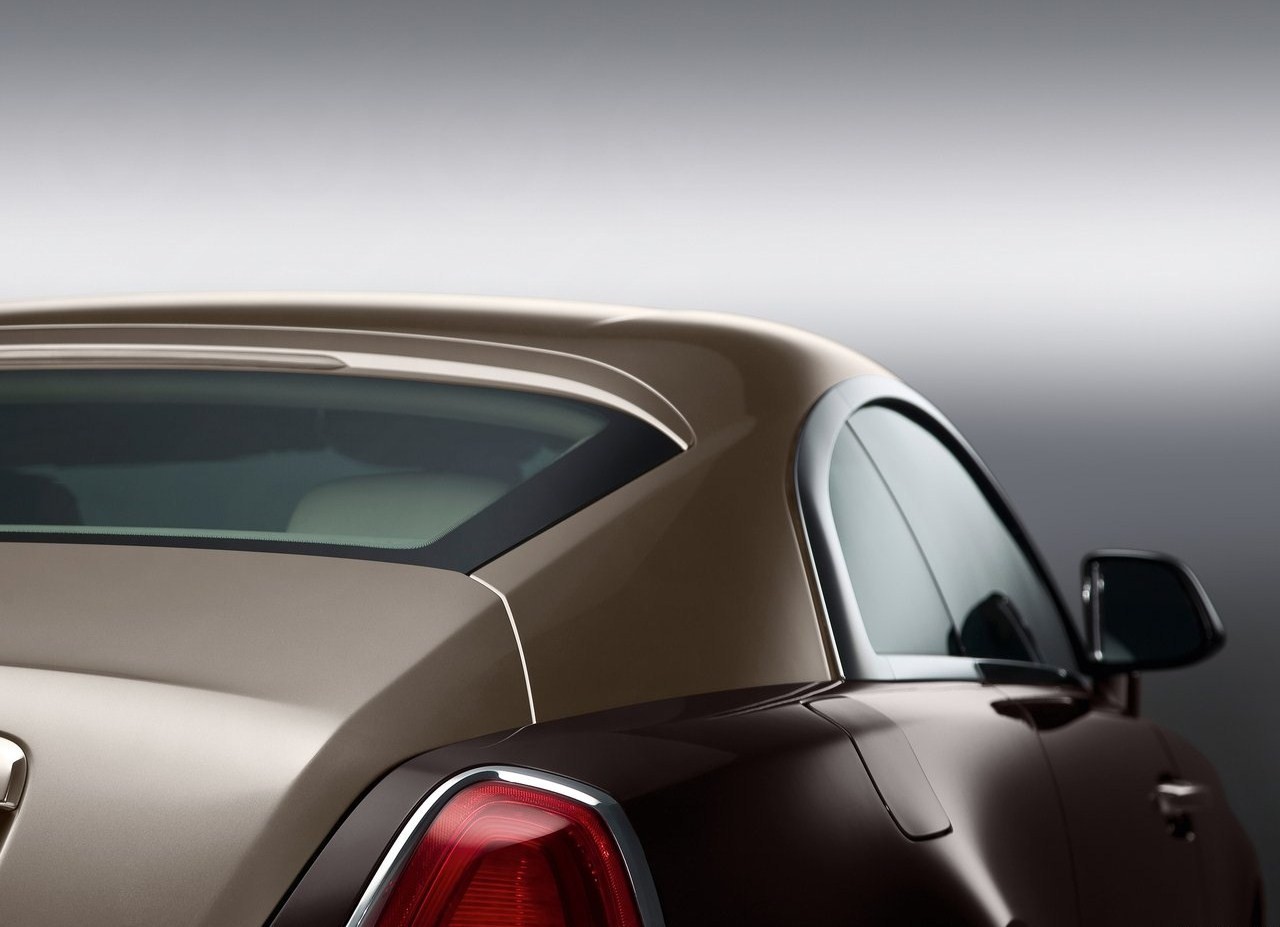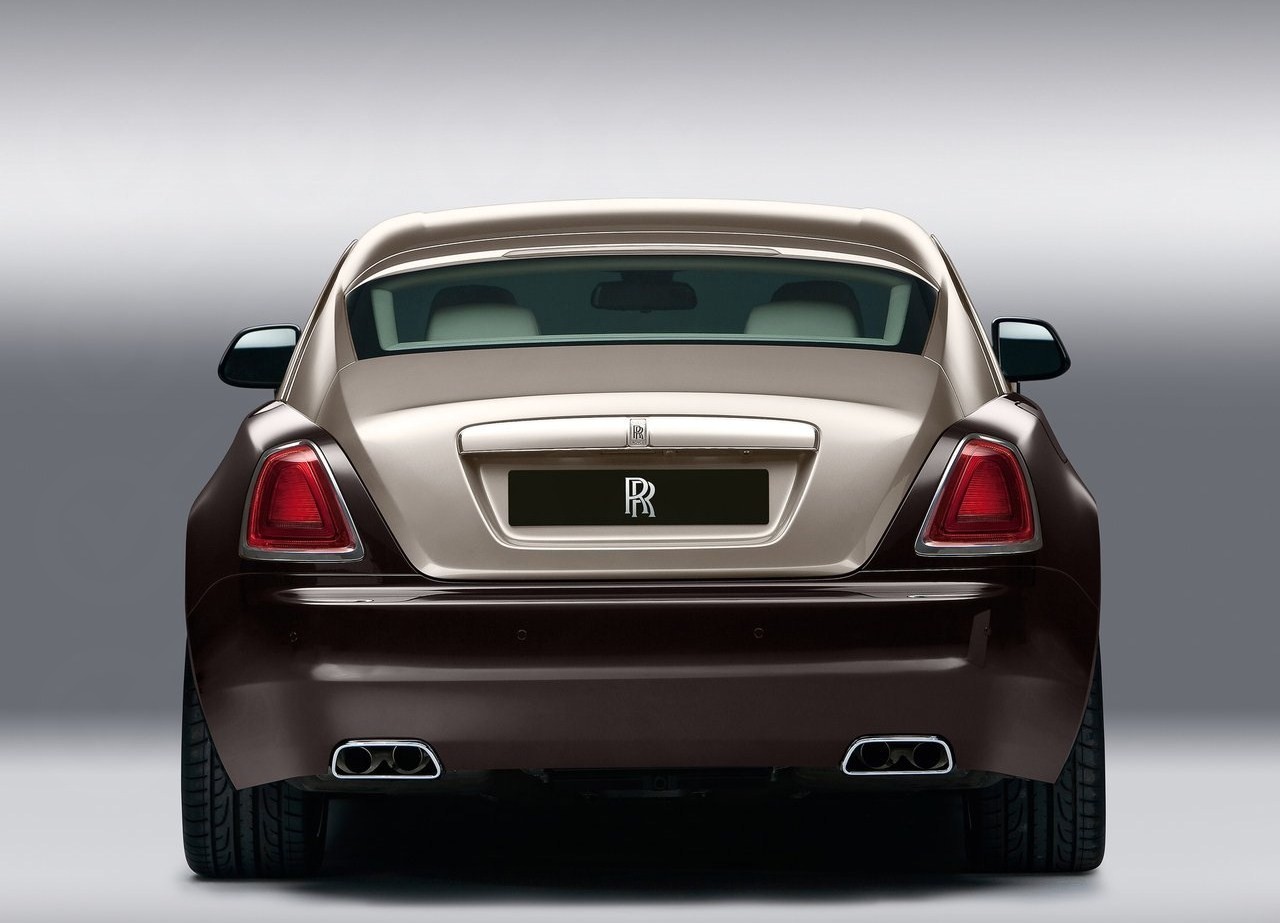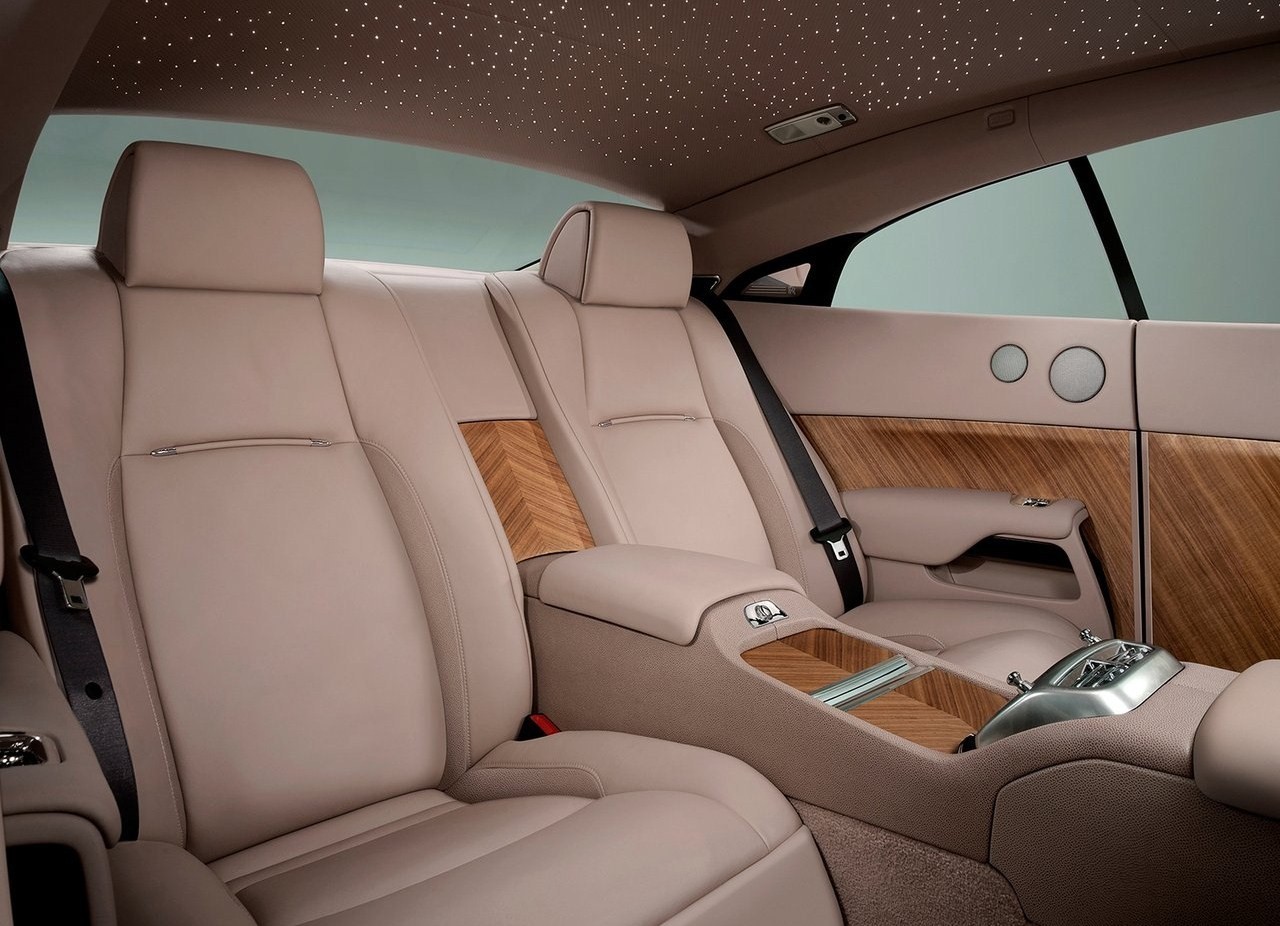
- Powerful 6.6-litre twin-turbo N74B66 V12 engine
- Refined eight-speed ZF transmission
- Comfortable, cosseting ride
- Opulent interior
- Comfortable front seats
- Light, accurate steering
- Slight steering wheel shimmy over mid-corner bumps
- High running, servicing and depreciation costs
Overview
Released in Australia in July 2013, the Rolls-Royce Wraith was a two-door, four-seat fastback. Manufactured in Goodwood, England, the rear-wheel drive Wraith was powered by a 6.6-litre twin-turbocharged V12 petrol engine that was mated to an eight-speed automatic transmission.
N74B66 V12 engine
The 6.6-litre BMW N74B66 V12 petrol engine had an aluminium alloy (Alusil) block, an aluminium cylinder head, direct petrol injection, a single scroll turbocharger for each cylinder bank (each providing peak boost pressure of 0.7 bar or 10.15 psi), double overhead camshafts, four valves per cylinder, variable valve lift and variable valve timing (BMW’s VANOS), and a compression ratio of 10.0:1. Producing peak outputs of 465 kW and 800 Nm, the Wraith could accelerate from rest to 100 km/h in 4.6 seconds, while its top speed was electronically limited to 250 km/h.
ZF 8HP90 transmission
The Wraith was fitted with ZF’s 8HP90 eight-speed automatic transmission as standard. For the Wraith, however, a Satellite Aided Transmission (SAT) feature was introduced which used GPS data to monitor the driver’s predicted route and automatically select the right gear for the road ahead (thereby avoiding unnecessary gear changes).
Dimensions and suspension
Compared to the Rolls-Royce Ghost , the Wraith was 130 mm shorter (at 5269 mm), the same with (1947 mm), 50 mm lower (1507 mm) and had a 183 mm shorter wheelbase (3112 mm); kerb weight was 2440 kg. According to Rolls-Royce, the Wraith was distinguished by its fastback profile, high waistline, low roof line, raked rear screen and prominent rear ‘shoulders’. Like the Ghost, however, the Wraith had double wishbone front suspension and multi-link rear suspension, both with air springs and electronically controlled dampers.
| Engine | Trans. | Peak power | Peak torque | |
|---|---|---|---|---|
| Wraith | 6.6-litre twin-turbo petrol V12 | 8sp auto | 465 kW at 5600 rpm | 800 Nm at 1500-5500 rpm |
Safety equipment
Standard safety equipment for the Wraith included dual front airbags, dual front knee airbags, front side airbags, full-length curtain airbags (i.e. for front and rear occupants), ABS, electronic brake force distribution, brake assist, electronic stability control with cornering brake control, rollover stability control, traction control, active front seat head restraints and seatbelts with pretensioners and load limiters for all seats.
Brakes
The Wraith had 374 mm ventilated front disc brakes and 370 mm ventilated rear disc brakes.
Features
Standard features for the Wraith included 20-inch seven-spoke alloy wheels with 255/45 R20 EMT 101Y front and 285/40 R20 104Y tyres, a 1300 watt sound system with eighteen-channel amplifier, eighteen speakers, DAB+ digital radio, a six-disc CD changer, 20.5 GB hard-drive for music storage and auxiliary inputs (3.5 mm/USB/iPod), a satellite navigation system with a 10.25-inch high definition display, voice commands and Real Time Traffic Information (RTTI), Bluetooth and Internet connectivity, ‘Phantom-grade’ natural grain leather, power adjustable front seats, four-zone climate control air conditioning, adaptive cruise control, a head-up display, directional bi-xenon headlights with LED daytime running lights, automatic headlights, rain-sensing wipers, night vision, front and rear parking sensors, ‘Top View’ surround cameras, remote central locking with proximity key, power windows and heated mirrors, a power adjustable steering column, driver memory settings (for the seats, door mirrors and steering wheel), 12 volt power sockets, a trip computer, tyre pressure monitoring, an alarm and immobiliser.
Inside, the Wraith featured Rolls-Royce’s ‘Starlight’ headliner which had thousands of fibre optic lights hand-woven into the roof lining and Canadel Panelling (a new wood treatment).
Related links
- Rolls-Royce Press Club: Rolls-Royce Wraith Press Kit (March 2013)
- Rolls-Royce Press Club: Rolls-Royce Wraith Makes Australian Debut (July 2013)
- Rolls-Royce Press Club: Rolls-Royce Wraith Product Overview Brochure (January 2014)
- Rolls-Royce Motor Cars: Rolls-Royce Wraith
- Wikipedia.org: Rolls-Royce Wraith
